Content
- Natural cannabis soil: the traditional choice
- Coconut substrate and alternatives
- Hydroponics or soil
Natural cannabis soil: the traditional choice
Natural cannabis soil is the most common option, especially among novice growers. It contains the necessary macro- and micro-nutrients, which reduces the need for additional fertilizers. However, not all cannabis soil is suitable for successful cultivation, so it is important to consider its structure, composition, and pH level.
What soil is best for marijuana plants?
The ideal substrate for cannabis should have the following characteristics:
- Loose and airy structure - the soil should not be too dense, otherwise it will be difficult for the roots to develop. To improve aeration, perlite and vermiculite are added to promote oxygen circulation.
- Good drainage - excess moisture can lead to rotting of the root system, so quality drainage in the soil for cannabis is important. Adding sand, gravel or coconut fiber will help avoid stagnant water.
- Proper pH - The optimal range for marijuana is 6.0-7.0. If the soil is too acidic or alkaline, the plant will not be able to absorb the necessary nutrients.
- Rich organic content - the best soil for marijuana contains humus, compost and other natural additives to provide the plant with all the necessary elements.
How to improve the soil for cannabis?
If the soil used does not meet these parameters, it can be enriched:
- Adding perlite and vermiculite - increases air exchange, prevents soil compaction.
- Compost or humus - saturates the soil with beneficial microorganisms and nutrients.
- Coconut substrate for cannabis - helps retain moisture and makes the soil structure more friable.
- Use of organic fertilizers - worm compost, bat guano and biohumus provide the plants with natural micronutrients.
The right choice of natural soil is the basis for successful cultivation. However, there are other types of substrate that have their own advantages and can be an alternative to traditional soil.
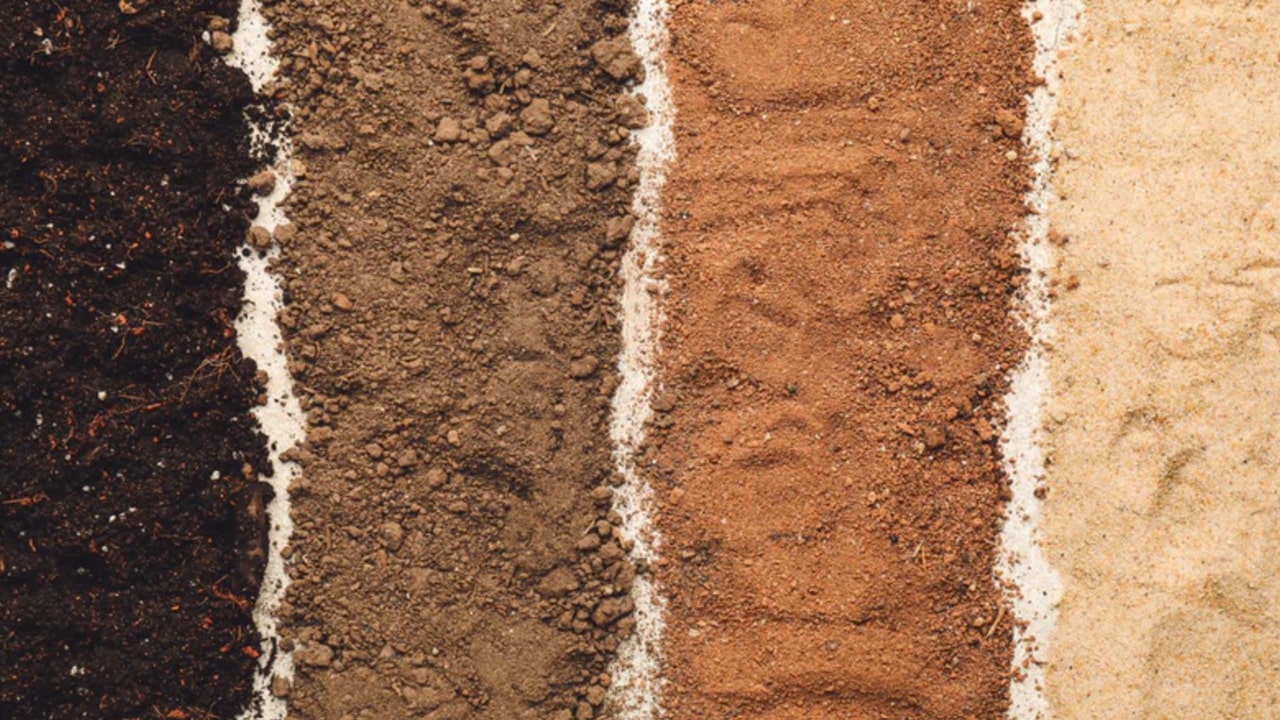
Coconut substrate and alternatives
In recent years, coconut substrate for cannabis has been gaining popularity among growers due to its unique properties. This material is obtained from shredded coconut shells, after which it is cleaned and processed. Unlike regular soil, coconut substrate is free of pests and fungi and has a neutral pH level, making it an excellent base for marijuana cultivation.
Benefits of coconut substrate
- Excellent aeration and drainage - thanks to its fibrous structure, coconut substrate provides good oxygen supply to the roots. This prevents them from rotting and promotes rapid plant development.
- No pests and pathogens - unlike conventional soil, coconut substrate is completely sterile, which eliminates the possibility of infection by fungi and insects.
- Optimal moisture balance - this substrate retains moisture but does not over saturate the roots with water, which helps to avoid overwatering.
- Flexible use - coconut substrate can be used as a stand-alone growing medium or mixed with other types of marijuana soil.
How to use coconut substrate for cannabis?
In pure form - many growers grow plants exclusively on coconut substrate, combining it with hydroponic methods. In this case, all the necessary nutrients are added to the irrigation water.
Mixing with other soils - coconut substrate can be mixed with cannabis growing soil in a 50/50 ratio. This improves aeration, drainage and makes the soil more friable.
Adding perlite and vermiculite - if growing in coconut substrate, adding perlite (30%) will help increase aeration and vermiculite (10%) will improve moisture retention.
Other alternative substrates
In addition to coconut substrate, there are other mixtures that can be used to grow cannabis:
- Peat mixtures - provide a good water/air balance, but require controlling the pH level of the marijuana soil.
- Perlite and vermiculite - often used in combination with other substrates to improve drainage and aeration.
- Organic marijuana soil - contains compost, humus and other natural fertilizers, making it an environmentally friendly option.
Thus, coconut substrate and alternative blends are a great option for those looking for a more controlled and safer growing environment for plants.
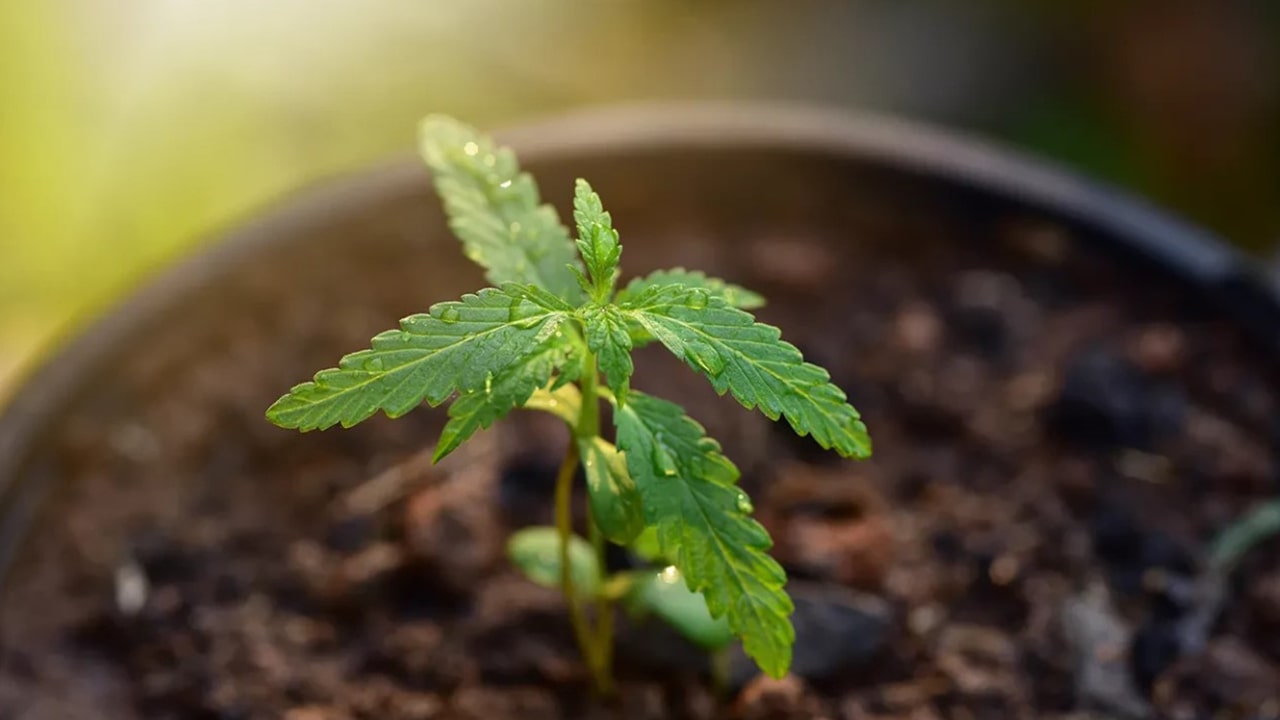
Hydroponics or soil
When choosing a method of growing cannabis, many growers are faced with the dilemma of whether to use traditional soil or modern hydroponics. Both options have their pros and cons, and the final decision depends on growing conditions and goals.
Growing in the ground: a natural environment for roots
Cannabis soil remains the most popular option, especially among beginners. It already contains the trace elements necessary for growth, and the soil microflora helps the plant to absorb nutrients.
Advantages of the soil:
- Natural medium - cannabis substrate contains organic matter that provides stable nutrition.
- Easy to use - no complicated equipment is required.
- Good for sativa - as this type of cannabis takes longer to grow, the soil allows the plants to develop smoothly.
Ground disadvantages:
- Limited control - the grower may not always be able to accurately regulate the composition of the soil for cannabis.
- Possibility of pests - natural soil may contain parasites and fungi.
Hydroponics: maximum control and high yields
Hydroponic systems allow plants to be grown without soil, using a nutrient solution. This method is particularly popular for intensive cultivation of autoflowering varieties and hybrids.
Advantages of hydroponics:
- Fast growth - thanks to precise nutrient control.
- No soil pests - no risk of fungal or insect infestation.
- Increased control of soil pH for marijuana - conditions can be optimized for each stage of growth.
Disadvantages of hydroponics:
- High cost - pumps, tanks and solutions must be purchased.
- Requires experience - errors in nutrient delivery can lead to plant deaths.
Soil vs. hydroponics
| Option | Cannabis soil | Hydroponics |
| Growth rate | Medium | High |
| pH control | Limited | Full |
| Pest risk | High | Low |
| Required experience | Low | High |
| Costs | Lowes | Highs |
Conclusion
If the grower is a beginner or prefers natural soil for cannabis, it is better to use classic soil. It provides the plant with natural conditions and forgives mistakes. However, if fast growth and maximum yields are needed, a hydroponic system is worth trying, especially for vigorously growing sativas.
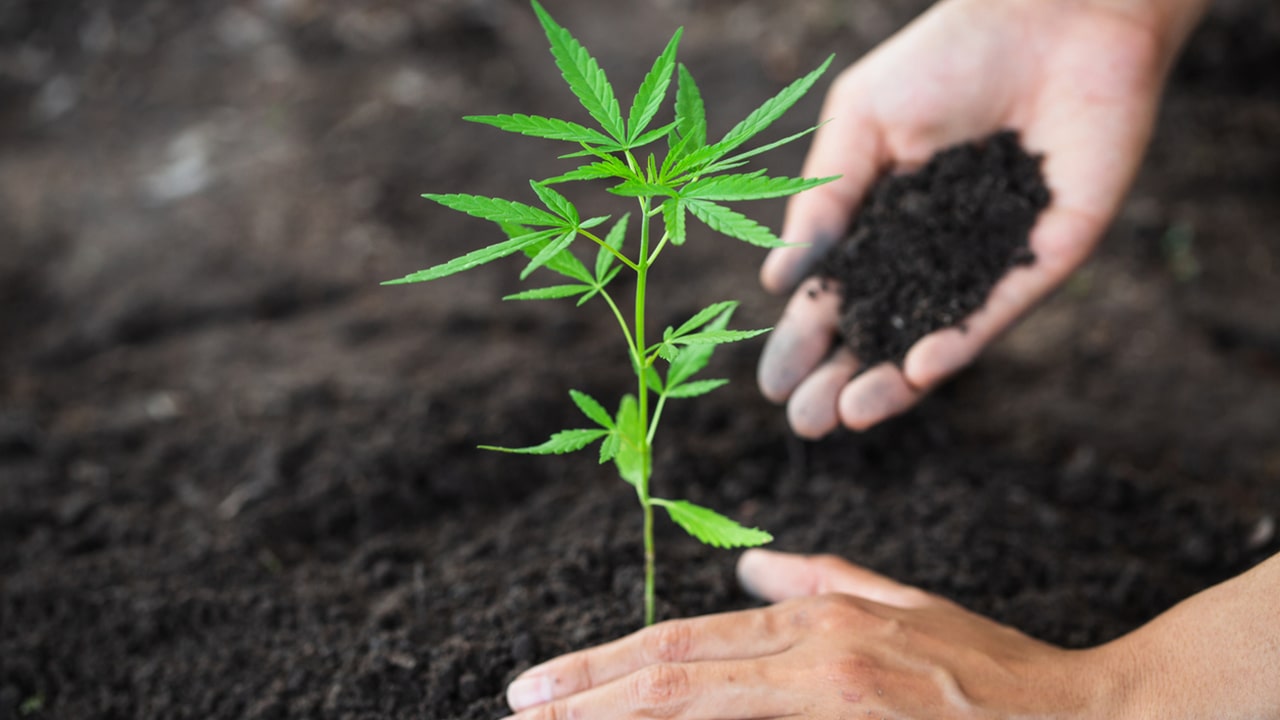
Attention! Errors Seeds does not encourage you to grow cannabis and does not promote it in any way. Cultivation is prohibited by the legislation of Ukraine. The article is of scientific and introductory interest only.
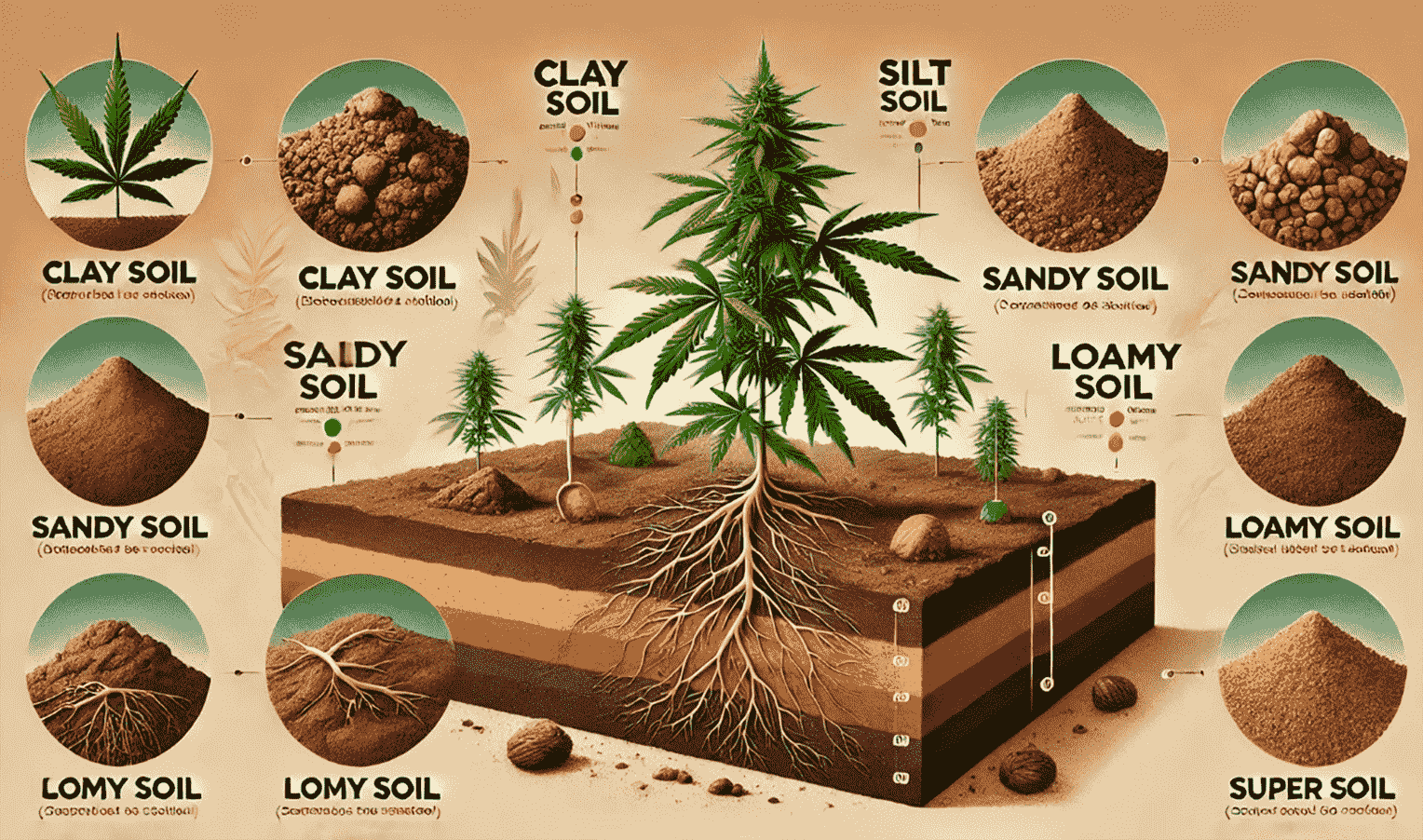
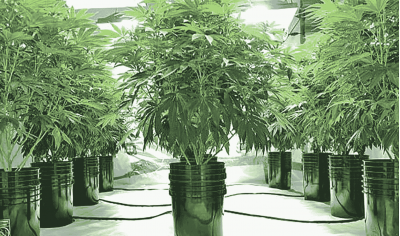
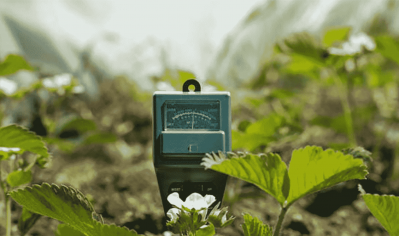
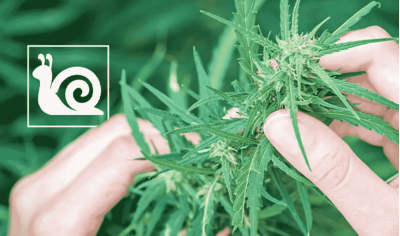

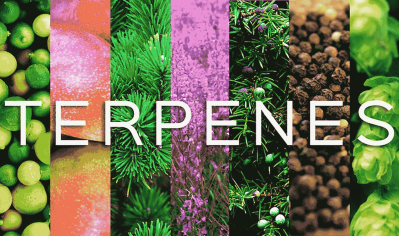


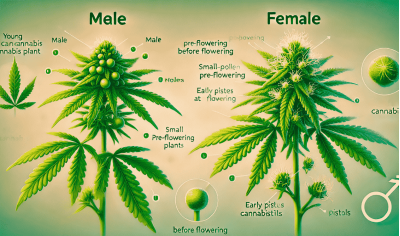

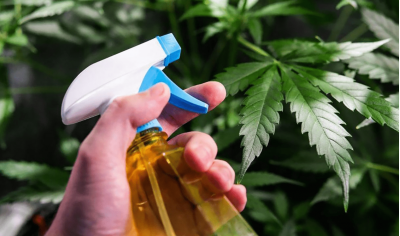
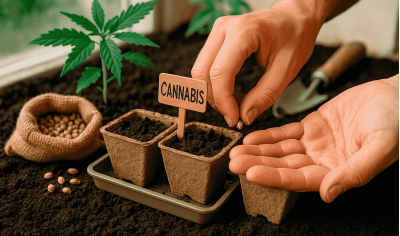

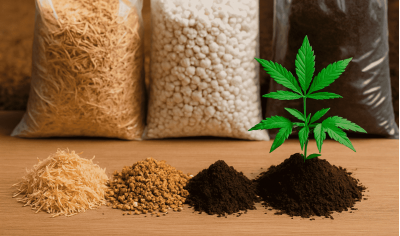

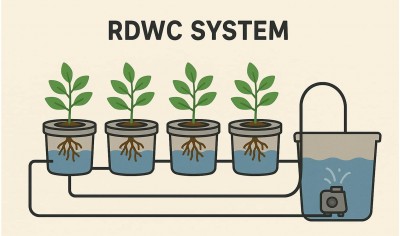


Write a comment